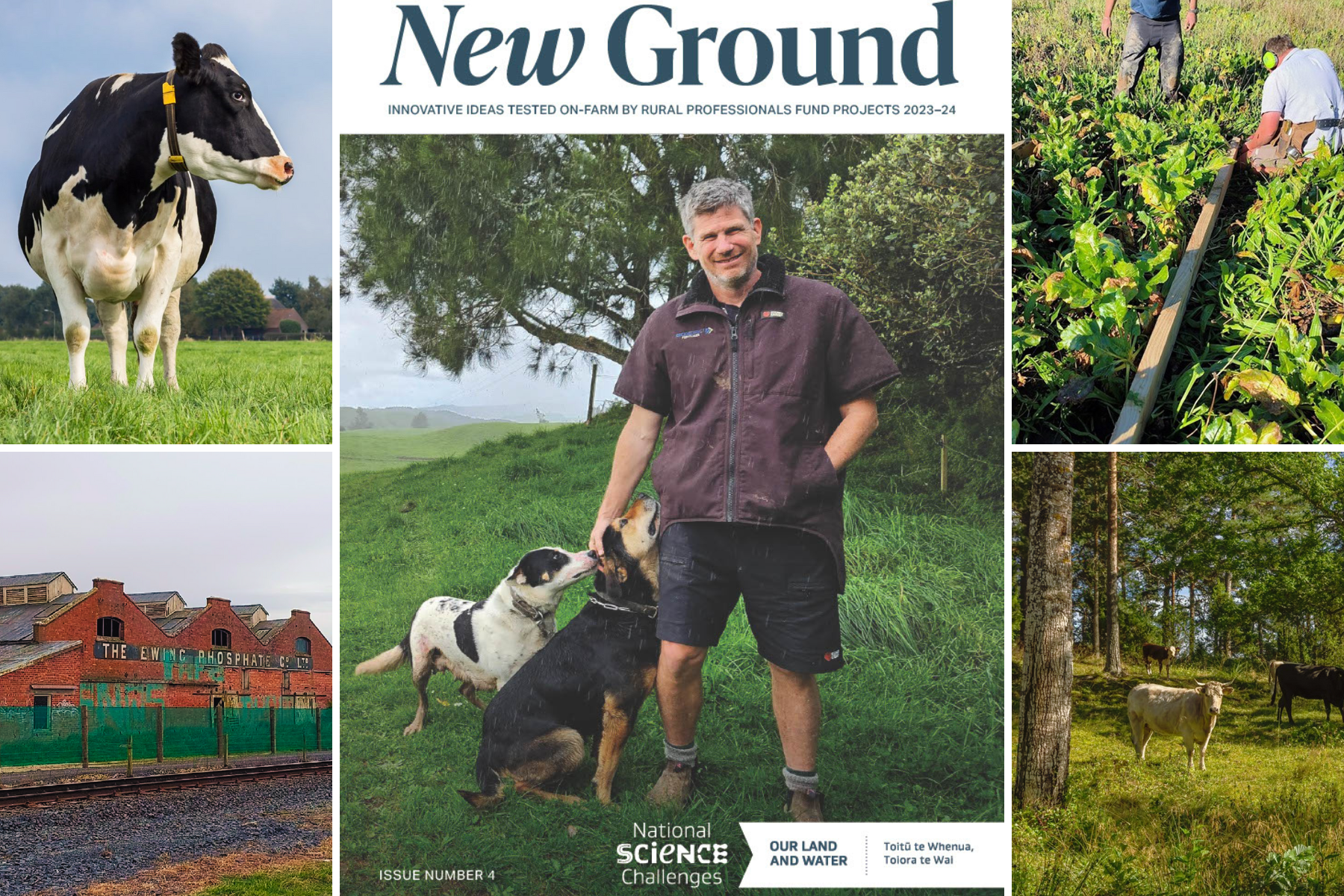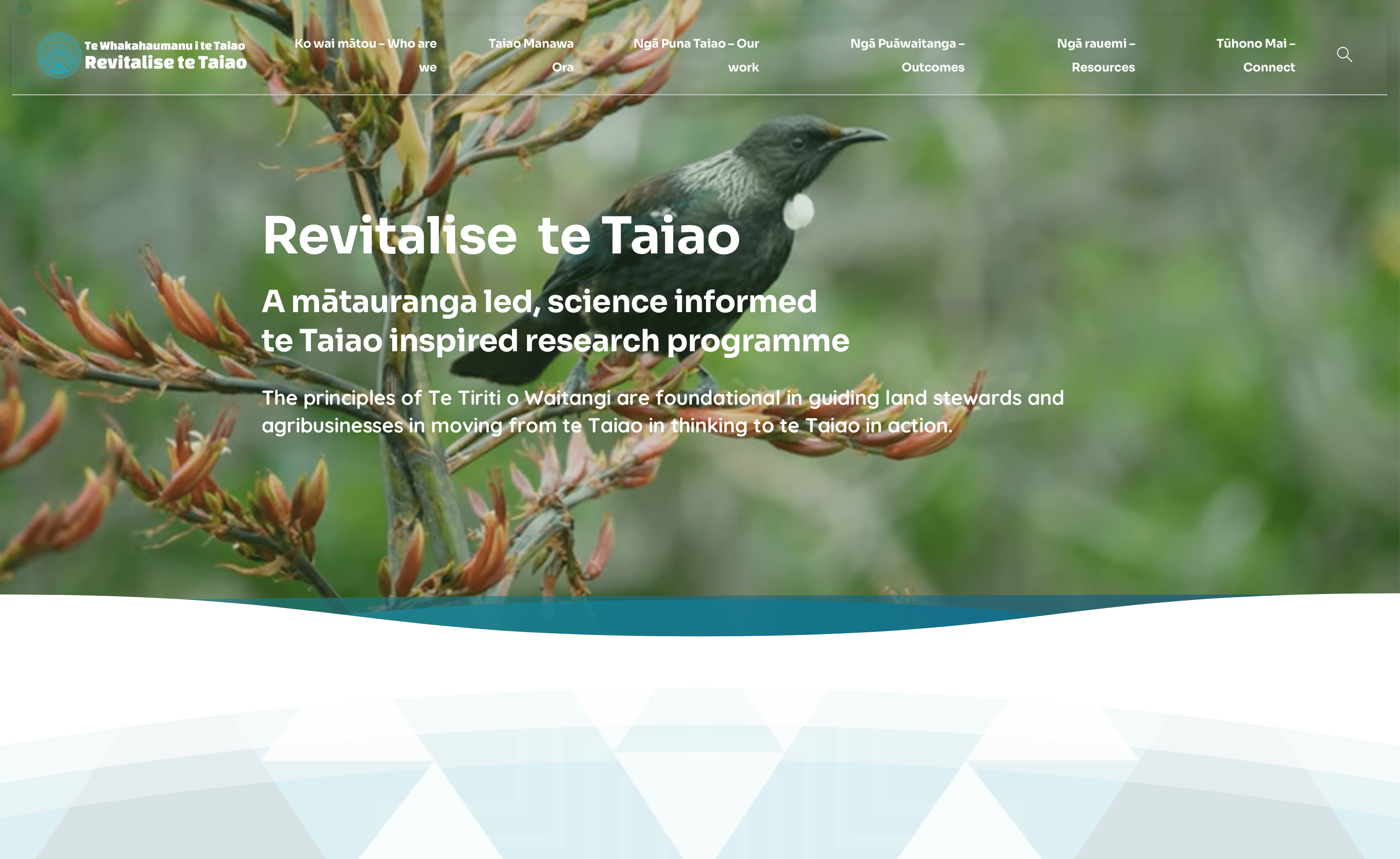Disease on the Move in a Warming Climate
A research project is applying climate change scenarios to put a cost on disease impacts and adaptation measures.
A changing climate doesn’t just mean Northland is now warm enough to grow pineapples commercially, or that the future looks increasingly rosy for heat-loving maize in Canterbury.
Changing temperatures and weather conditions, along with extreme weather events, mean horticultural diseases are also on the move. This is especially true in spring, a vulnerable time due to flowering and fruit set, with warmer and wetter conditions in many areas.
A crop disease may quietly arrive in areas it hasn’t been found before, or may increase pressure on crops in regions it is currently under control. The unexpected appearance of fire blight could wipe out an apple orchard in under two years.
Climate change will have long-term consequences for our $6 billion horticultural industries including grape, avocado, apple and kiwifruit production. Growers need to know which areas will remain or become suitable for different crops into the future. Disease risk is a big part of this assessment.
“Pathology and bio-protection often sits at the bottom of things for a production line,” says Monika Walter, plant pathologist with Plant and Food Research. “But very rarely do additional fungicides or additional insecticides fix the problem. If your pressure goes up significantly, you can’t spray your way out of it.”
For the wine industry, climate change could bring higher levels of botrytis on pinot noir, for example, or powdery mildew on chardonnay, which increases labour costs for pruning and leaf plucking. Increasing costs of controlling disease may eventually mean some grape varieties are no longer viable in some areas.
An 18-month industry research project funded by Our Land and Water is applying climate change scenarios to get a handle on what some national and regional horticultural changes might look like and put a cost on disease impacts and adaptation measures.
“The first step is quantifying those risks and giving that information to growers, industry and policy makers,” says John Saunders, agricultural economics researcher with Lincoln University.
The research has shown there are data gaps around current disease impacts in some industries. The root disease phytophthora is the bane of the avocado industry, but while growers can identify their costs for combating the disease, they often do not record how much damage it causes or how many any trees die in their orchards.
The research aimed to cost industry strategies to adapt to climate change, but found that only the kiwifruit industry has a strategy in place to support its members.
Adaptation strategy is instead coming from growers who have independently started to act themselves, such as covering high-value berry crops for protection, says Monika.
Effects of a changing climate are complex and wide-ranging, says the research team. By looking at a “sliver” of crop disease within the horticultural industry, they hope their findings and challenges will be a first step for more research.
Results, due in December, will be incorporated into research on land-use opportunities, and made accessible to growers and industry via HortPlus.
This article was first published by Farmer's Weekly and is republished by agreement.
More information:
- Crop Disease Under Climate Change research project
Author
 View Our Strategy Document 2019 – 2024
View Our Strategy Document 2019 – 2024



